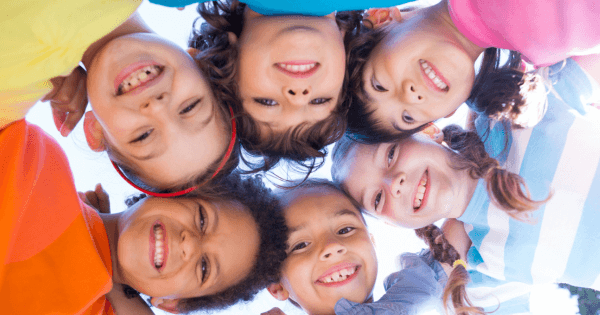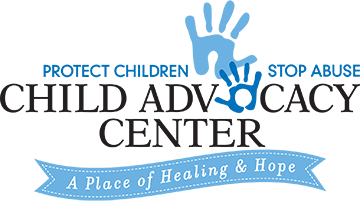
Why Paying Attention is So Important
A recent story updated May 23rd 2023, published by CBS News (https://www.cbsnews.com/news/illinois-catholic-clergy-sexually-abused-over-1900-minors/) surfaced a nearly 700-page investigative report on all six Catholic dioceses in Illinois, documenting child sexual abuse findings involving more than 1900 children and youth. The investigation began, almost coincidentally, when former Illinois Attorney General Lisa Madigan heard about a similar investigation in Pennsylvania involving 1000 minors in that state, according to CBS. What is so egregious about these reports, besides the irreparable harms caused the victims, is the non-public knowledge that perpetrators and those in charge (the bishops) had about the breadth and scope of the abuse – and did little to punish the offenders. Thousands of victims, over decades, with little public acknowledgement or consequence.
Unfortunately, those in human services and child advocacy work recognize these numbers and circumstances as being all too common. Child sexual abuse is pervasive, often starts early, and may continue for years before discovery. Consistently hard to accurately estimate, prevalence studies note that 3-17% of males experience one or more sexual abuse/assault experiences (based on self-report surveys), and 8-31% of females. Those with emotional disorders report remarkably high rates of maltreatment experiences (24.8% of men, 75.2% in women) – signaling the serious, unfortunate co-mingling of lifelong emotional adjustment challenges either exacerbated by, or even created by, childhood sexual maltreatment. And it is known that victims often become perpetrators, cycling through generations of families. These are our neighbors, seatmates in school and church, our playground friends, and our camping buddies. They are our community little girls and boys, and their trauma frequently flies under the radar before someone recognizes the pain, injury, and/or emotional effects.
Why don’t we see it more often? Where does it hide? And why don’t those who perpetrate receive more serious, public consequences. These questions are difficult to consider because there are many reasons…some logical, and some not. Many tend to think that these problems happen to “those kids”, or “other families”. Others naively believe that the problems just cannot be that large, or that those that commit such offenses usually get their just punishments. Still others trust “the system” to figure it out, to protect our children, and to ensure accountability. How little do they know.
Families (and caretakers) keep their business to themselves. And organizations where power, influence, status, or even their very survival may be impacted by public exposure of child sexual abuse within, have incentives to avoid publicizing problems. These factors make it even more important that each family and community member see their personal responsibilities as including the ongoing, deliberate, nurturing and protection of children; and, when risk factors emerge or more ominous warning signs are present, reach out to professionals to consider what may have happened or may be happening. Professionals too owe it to families, communities, and each other to have the best training, skills, and responses when such risks/warnings are noted. In years past, communities shared a more total and communitarian responsibility for what happened to its children. When a child fared poorly, the community held itself liable for why that turned out to be the case. Over time, it appears that families have become more insulated, private, less collaborative and sharing when it comes to mutual child-rearing responsibilities. Our economic systems often demand a focus on trying to survive, which means making tough decisions about who and how our children are supervised. We’ve grown accustomed to our property, material pursuits, lifestyles, and privileges – or scraping by week to week as a primary goal. In making some of these changes, it feels like in many of our communities folks no longer depend on each other, and respond positively to one another, when families are under stress. Because child sexual abuse (and other forms of maltreatment) is by nature socially and legally threatening to perpetrators and caregivers, there are a myriad of ways harmful acts stay hidden. The only way to reduce these contexts is to reclaim our children through communitarian ownership of their well-being. Asking curious and crucial questions, noticing injuries, building trusting relationships with our neighbors so that when problems arise folks may be more apt to share, building bridges with professionals who can help educate about and diagnose child maltreatment issue – these are things to which we should aspire.
Prevention of child sexual abuse should be at the top of everyone’s priority list. There is no going back once trauma is inflicted on a victim. The adversity and lifetime consequences are well-documented, serious, and sometimes even deadly. Stopping child sexual abuse and other forms of maltreatment before harms occur, is a must. And if that is not possible, intervening early, effectively, and thoroughly to provide treatment and other supports must be our gold standard. This is why paying attention is so important.
Barth, J., Bermetz, L., Heim, E., Trelle, S., & Tonia, T. (2013). The current prevalence of child sexual abuse worldwide: A systematic review and meta-analysis. International journal of public health, 58, 469-483.
Pérez-Fuentes G, Olfson M, Villegas L, Morcillo C, Wang S, Blanco C. Prevalence and correlates of child sexual abuse: a national study. Compr Psychiatry. 2013 Jan;54(1):16-27. doi: 10.1016/j.comppsych.2012.05.010. Epub 2012 Jul 30. PMID: 22854279; PMCID: PMC3518746.
